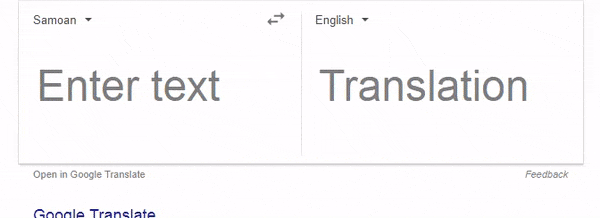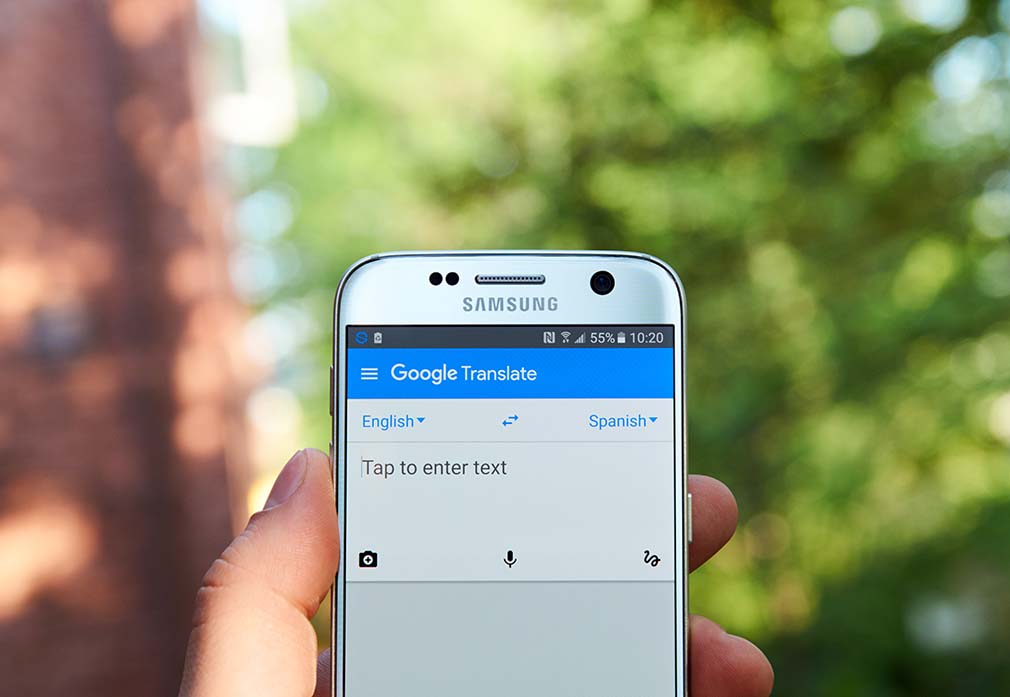The Downside of Google Translate
Having a clear understanding of the limitations of Google Translate will help you decide if it will work for your purposes.
Grammar: Sentences translated with Google are often grammatically incorrect. This could change the intended meaning and have a big impact on your audience.
Flow: When you read a paragraph that is machine translated, the errors in the order or arrangement of words and phrases make it sound awkward, and clunky. Therefore, it is easy to identify content translated through a machine.
Cultural nuances: As you can see in the many examples around, cultural nuances are important. If you don’t understand what the word means to its native speakers, you can’t be sure your message says what you think it says.
Slang: If you are writing something for machine translation, be very careful in your word choice. Slang, colloquialisms, irony, or idioms all fall under the cultural nuances that can be lost in translation. Ironically..
Feelings: If you want to communicate a feeling with a specific word or phrase, make sure that the translation captures the right sentiment. Machine translation can’t understand the feelings behind a word; it just searches for a word or phrase match.
Intention: Do you intend to express your meaning gently or persuasively? Words can have the same meaning but different intentions. The subtleties are lost in Google Translate.
Duplicate content: If Google Translate is reading and translating the content on your website, it may show up as duplicate content and impact your search engine optimization.
The Upside of Google Translate
So yes, there are definite issues with relying on Google Translate. But that doesn’t mean it a 100% fail. Sometimes using machine translation can be both appropriate and effective, like in these situations:
Casual: If you are traveling and dining out or having a casual conversation, Google Translate can be a fun tool for communicating across languages. There may be translation errors, but when you figure them out, you can all laugh at the mistakes together. In a casual situation, there is low risk or liability with making mistakes.
Gist: Google Translate can be a great tool if you need an idea of what the content is saying but have no other translation option available. If I receive an email in a language that I don’t know, Google Translate can help me figure out if the email is junk mail or something important. It gives me the gist of the message, which tells me the next steps I need to take for that email.
Open doors: For those times when human translation isn’t a timely option, Google Translate can provide assistance. Let’s say you are making a reservation on a travel website, but you want to look at the reviews first. Google Translate can be a handy tool to give you some insight into what your fellow travellers have to say about the listing. Before Google Translate, you would have missed out on others’ feedback, both positive and negative.
To decide if Google Translate can meet your translation needs, consider this. If your translation could lead to an increase in revenue, increase your risk, or affect your bottom line, your best bet is to go with a professional translator. If not, have fun with some of the crazy translations Google Translate provides!
Let’s remind ourselves of a few of them;



